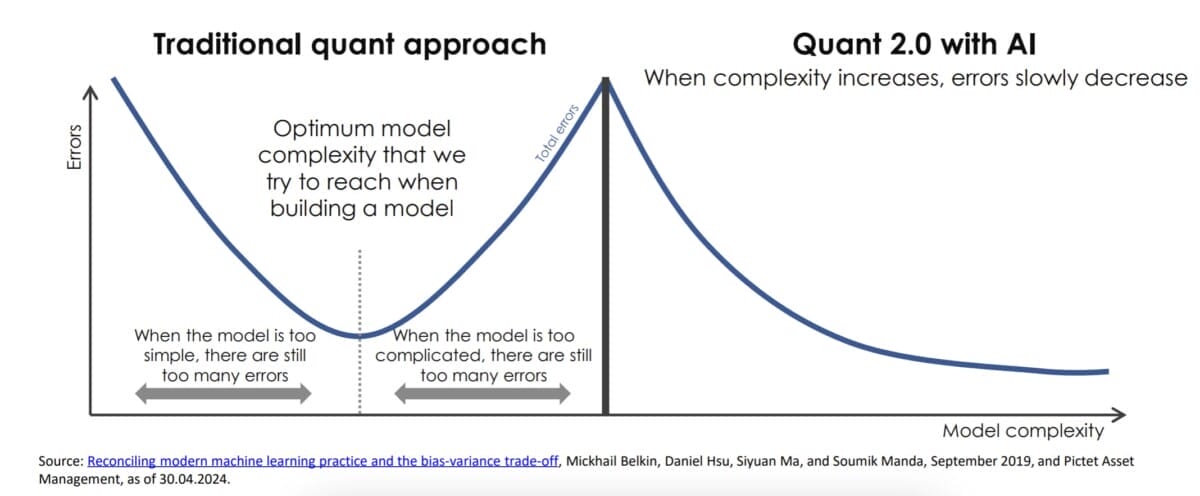The global environment in which small Asian economies have thrived over the past seven decades is being dismantled as the US retreats as an advocate of multilateralism, globalisation and internationalism, warned leading geopolitics academic and economist Danny Quah.
Quah, who is Li Ka Shing Professor in Economics and Dean at the Lee Kuan Yew School of Public Policy within the National University of Singapore, said he is of the view that “Asia remains the future [of global growth], but now it’s a more difficult story”.
And to understand Asia’s future, investors need to reflect on its past.
“Most of Asia approaches economic growth and development, and their engagement with the world, as if we are small, open economies. Even the very largest, most populous of us are small in the economic sense,” Quah told the Top1000funds.com Fiduciary Investors Symposium in Singapore.
“When your economy remains small, you are hemmed in.”
However, this status has not been a problem for Asian countries in the past 70 years because the world was filled with promises of a level playing field, global co-development and free trade – the region “latched on to” these ideas, Quah said.
“The grand themes at that time were economic efficiency, comparative advantage – Milton Friedman-esque ideas – and convergence: that as economies grew, politically they would converge to the norms of liberal democracy on the transatlantic axis,” he said.
“We went about our way…improving the supply side, [it] meant that we were reassured the demand side for us was always going to be there. That’s no longer so obviously the case.”
Quah said for Asia’s growth story to continue, it is critical that “a variant of that system continue”, or the region will face excess capacity and mounting inventories.
“Every small economy always produces too much of what its people can [produce], and too little of what its people need,” he said. “And given the trade is an existential need, it is an urgency for Asia’s development.”
“So if Asia is going to be the future, and we’ve got a world that’s decided to pull back on multilateralism, we really do need to rethink…our operating and conceptual models.”
Retaining a sense of order
The reality for most ASEAN countries and some others in greater Asia can be summed up by paraphrasing Greek historian and general Thucydides: “Great powers do what they will, the rest of us suffer what we must,” Quah said.
“Either China, America or some other great power needs to build the world, if they have decided to step back from that, then we’re caught. Because we have no agency,” he said.
But there are things small Asian countries can leverage to benefit as the world shifts to a new order. For one, it can strengthen region-based multilateral systems.
“Multilateralism, as I’ve described, is a level playing field for all of us to engage with everybody else, with clear rules of engagement – a rules-based order,” Quah said.
“[But] America, the wonderful sponsor of a rules-based order has, for many interpretations, decided to go with a might-makes-right kind of a perspective,” he said, with President Donald Trump’s threats to annex Canada and Greenland.
“If we can’t any longer have a rules-based order for everyone in the world, let’s build a rules-based order for ourselves,” Quah said. “ASEAN in Southeast Asia is part of that construction.”
Quah added that he does not yet see great coherence in a China-led order in Asia, although trades with the East Asian nation have benefited the rest of the region.
“The last century of China’s history has left many of us a fear that China remains a dangerous nation. China went through the great purges of the Cultural Revolution [and] the Great Leap Forward,” he said.
“The rest of us have never had to experience anything like that. We don’t understand China. China doesn’t understand us. I think it would be very difficult for us to buy into a China-led order.”
